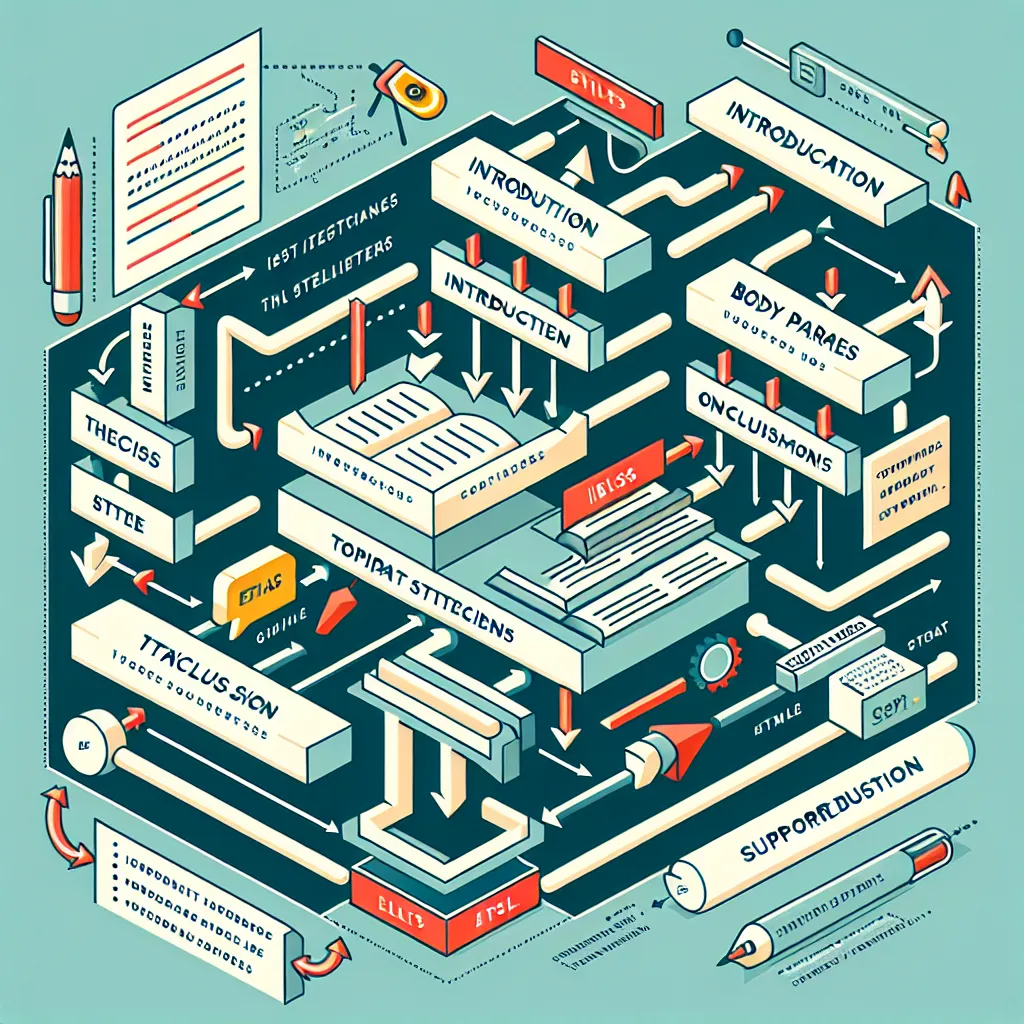IELTS Speaking Part 3 is often considered the most challenging section of the speaking test. It requires candidates to engage in a more in-depth discussion on abstract topics related to the theme introduced in Part 2. In this comprehensive guide, we’ll explore effective strategies and techniques to help you master IELTS Speaking Part 3 and boost your overall speaking score.
Understanding IELTS Speaking Part 3
IELTS Speaking Part 3 is a 4-5 minute discussion where the examiner asks you more abstract and complex questions related to the topic from Part 2. This section aims to assess your ability to express and justify opinions, analyze, discuss, and speculate about issues.
 IELTS Speaking Part 3 Illustration
IELTS Speaking Part 3 Illustration
Key Features of Part 3:
- Duration: 4-5 minutes
- Question types: Opinion, analysis, evaluation, and speculation
- Topics: Abstract and wide-ranging, related to Part 2 theme
- Difficulty: Gradually increases as the discussion progresses
Strategies for Answering Part 3 Questions in Detail
1. Understand the Question Types
To answer effectively, it’s crucial to recognize the different types of questions you may encounter:
- Opinion questions: “What do you think about…?”
- Comparison questions: “How does X compare to Y?”
- Speculation questions: “What might happen if…?”
- Evaluation questions: “What are the advantages and disadvantages of…?”
2. Use the PEEL Structure
The PEEL (Point, Explain, Example, Link) structure can help you organize your answers coherently:
- Point: State your main idea or opinion
- Explain: Provide reasons or details to support your point
- Example: Give a specific example or personal experience
- Link: Connect back to the main point or transition to a related idea
Example:
Question: “How has technology changed the way people communicate?”
Answer: “Technology has revolutionized communication by making it instantaneous and more accessible (Point). With the advent of smartphones and social media platforms, people can now connect with others around the world at any time (Explain). For instance, I can easily video call my cousin in Australia using apps like WhatsApp or Skype, which was unimaginable just a few decades ago (Example). This instant connectivity has not only brought people closer but also changed the dynamics of personal and professional relationships (Link).”
3. Develop Your Ideas
To provide detailed answers, try to expand on your initial response:
- Discuss causes and effects
- Consider different perspectives
- Analyze advantages and disadvantages
- Make predictions about future trends
4. Use Advanced Vocabulary and Structures
Showcase your language skills by incorporating:
- Idiomatic expressions
- Collocations
- Complex sentence structures
- A range of tenses
Example:
“The double-edged sword of social media has transformed the landscape of communication. While it has undeniably brought people closer together, it has also led to a paradoxical sense of isolation in some cases.”
5. Practice Paraphrasing
Paraphrasing helps you avoid repetition and demonstrates your language flexibility:
- Use synonyms
- Rephrase sentences
- Employ different grammatical structures
6. Connect Ideas Smoothly
Use transition words and phrases to link your ideas coherently:
- Moreover
- On the other hand
- Consequently
- In contrast
- Nevertheless
Common Challenges and How to Overcome Them
1. Dealing with Unfamiliar Topics
- Don’t panic if you encounter an unfamiliar topic
- Draw on general knowledge and personal experiences
- Use phrases like “In my opinion” or “As far as I know” to preface your answers
2. Managing Time Effectively
- Aim for answers that are 2-3 sentences long
- Practice speaking for 4-5 minutes on various topics to build stamina
- Use fillers judiciously to give yourself time to think
3. Maintaining Fluency
- Focus on communicating your ideas rather than perfect grammar
- If you make a mistake, correct yourself naturally and move on
- Use connectives to bridge gaps in your speech
 IELTS Speaking Fluency Tips
IELTS Speaking Fluency Tips
Sample Answers and Analysis
Let’s look at a sample question and answer to illustrate these strategies in action:
Question: “How might cities change in the future due to environmental concerns?”
Answer: “Environmental concerns are likely to reshape our urban landscapes significantly in the coming decades (Point). One major change we might see is the proliferation of green spaces and vertical gardens in cities (Explain). For example, Singapore has already implemented an ambitious plan to create ‘Gardens by the Bay,’ which not only beautifies the city but also helps to reduce urban heat and improve air quality (Example). This trend towards ‘greening’ our cities could lead to more sustainable urban living and potentially mitigate some of the effects of climate change (Link).
Moreover, we may witness a shift towards more sustainable transportation systems. Cities might invest heavily in electric public transport and create extensive networks of bicycle lanes to reduce carbon emissions. Additionally, urban planners might redesign city layouts to promote walkability and reduce reliance on private vehicles.
Another potential change could be in the realm of energy production and consumption. Future cities might incorporate widespread use of renewable energy sources, such as solar panels on buildings or wind turbines integrated into urban designs. This could lead to more self-sufficient and environmentally friendly urban centers.
In conclusion, the cities of the future, shaped by environmental concerns, are likely to be greener, more sustainable, and more efficient in their use of resources. While these changes present challenges, they also offer exciting opportunities for innovation and improved quality of life for urban dwellers.”
Analysis:
- The answer uses the PEEL structure to organize ideas
- It incorporates advanced vocabulary (proliferation, mitigate, self-sufficient)
- The response considers multiple aspects of the question (green spaces, transportation, energy)
- It uses transition words to connect ideas (Moreover, Additionally, In conclusion)
- The answer speculates about future trends, which is appropriate for this type of question
Conclusion
Mastering IELTS Speaking Part 3 requires practice, preparation, and the right strategies. By understanding the question types, structuring your answers effectively, and developing your ideas in detail, you can significantly improve your performance in this challenging section of the test. Remember to speak naturally, showcase your language skills, and draw on your knowledge and experiences to provide thoughtful and engaging responses. With consistent practice and application of these techniques, you’ll be well-equipped to tackle even the most complex Part 3 questions with confidence.




